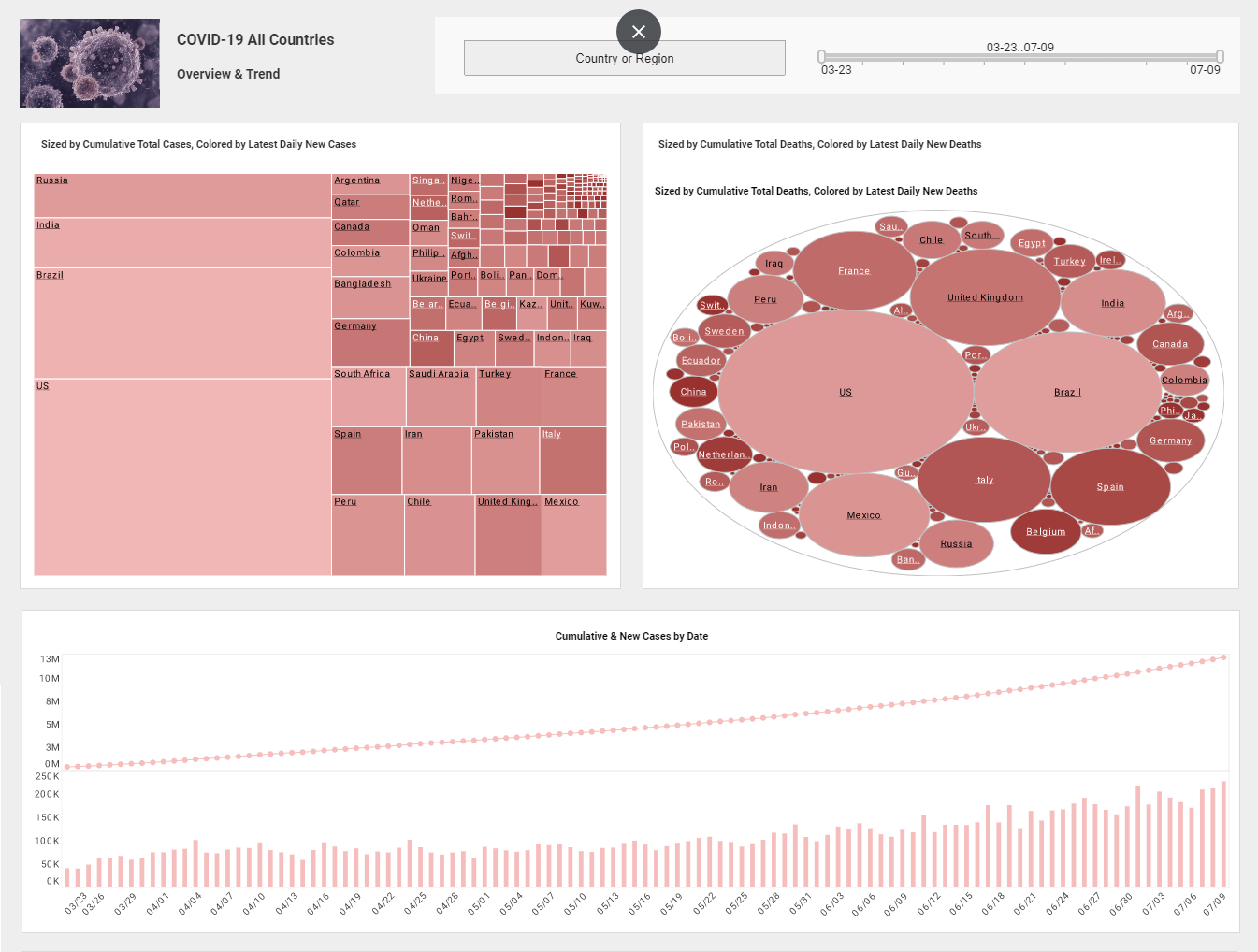InetSoft Webinar: Data Sharing and Analysis Between Enterprise Systems
This is the continuation of the transcript of a Webinar hosted by InetSoft on the topic of "Improving Corporate Performance Management." The speaker is Abhishek Gupta, Product Manager at InetSoft.
This brings me to the next point. Why is there so much disconnection between enterprise systems from a data sharing and analysis standpoint? I mean given these information silos, is there a way for finance to leverage its investments more effectively?
Well, without a doubt, the CFO has the opportunity based upon the knowledge that, if you didn’t have it before today’s webinar, then you hopefully walk away from it with. The ability to integrate and synchronize data to have what you might call one version of the truth is absolutely possible. Now there are challenges and certainly some of these information silos come from the disparate histories or roadmaps of technology acquisition, whether it was through companies being acquired or merged or if you were served by self-sufficient IT.
There are a variety of reasons why the data may not be internally integrated, but it is entirely possible to do so, and there are good reasons why this makes good business sense. You can see here in the slide. You can see that I am showing you here in dark blue the users of a well-integrated mobile BI infrastructure, which implies, if you will, this data harmonization and that there are on-users, those who do not actually have this capability at all.
| #1 Ranking: Read how InetSoft was rated #1 for user adoption in G2's user survey-based index | Read More |
The KPI Approach
Look at the KPI approach. KPIs are not directly related to technology, but, if you will, they will indirectly correlate with the technology, and you can see here that the ability to achieve what we call time to information, that is to access critical business information within the timeframe required. This is almost a factor of two to one across the board, both in terms of time to information, in terms of the increase in year-over-year sales revenue growth, the change year-over-year in operating profit, and customer retention.
So there are more agile, more responsive, more in-touch organizations, when the data is shared, if you will, across internal silos, and the real intelligence, if you will, the story behind the data can be revealed. Big data has a role to play here. Data analytics and normalization has a role to play here, but we just want you to leave this webinar knowing that this is a technically possible.
Even though the CFO doesn’t necessary lead technology investments, the CFO leads business decision making in many cases and leads operations, and so you will hear me touch on time and time again, I think today that the CFO and the CIO and/or CTO, if they aren’t already strong allies at the executive level, that alliance needs to be formed, because together they can tackle some of these challenges around information silos, around inefficiencies, around self provisioning, around security and compliance, and other issues that we will take about I think a little bit later. Without that alliance, there were many threats, but together certainly this can be addressed.
 |
Read how InetSoft saves money and resources with deployment flexibility. |
CFO's Use of Mobile BI Tools
Let’s turn now to the resident CFO on our panel. Please tell the audience a bit first about your company’s use of mobile BI tools. I understand you yourself have many business apps that you use in your daily work. Are these integrated into the company systems and platforms or in the cloud? I have about six questions for you.
Here we go. I will take them one at a time. Thanks for having me. So let me explain our business. We are 21 units, a fast casual restaurant chain based in Boston, Massachusetts. Fast casual in the restaurant space means we sit above fast food, an elevated level of food, but below casual dining or full service dining. So it’s an order counter, wait for your food, and then either take out or sit down.
In those 21 restaurants we service between sixty and seventy thousand customers per week. So there are a lot of transactions coming though our space. Our spaces aren’t very big. So when we look at technology, technology for us is a way to introduce options for somebody to have an experience of our restaurant.
| Previous: Mobile Access to the Core Data |


